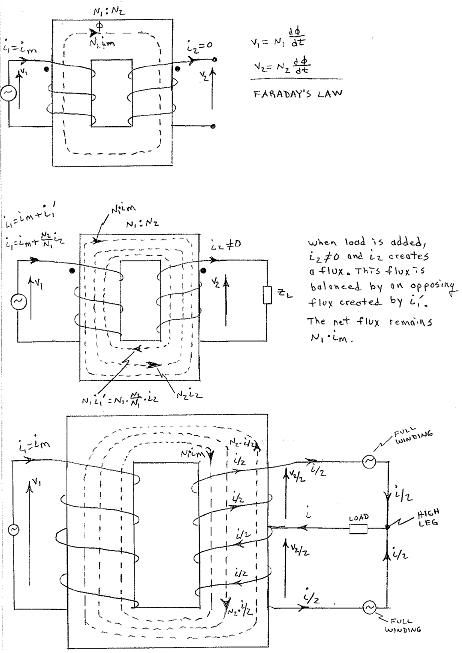- Location
- Wisconsin
- Occupation
- PE (Retired) - Power Systems
Well i dont agree with load does not effect phase to voltage and transformation from a delta source to a wye...
It is too bad that you do not understand that the load connection does not affect the connection of the source.
I do not understand this portion of your statement
which is commonly not done ever in electrical .
In a delta system current does not circulate around the delta.
Wrong, current can and does circulate around in a closed delta.
Can you show me someplace where it has been said, transformer loading, both magnitude and balance,does nto affect the voltage?By using the connection to the high leg your creating a unbalance which effects voltage current and its reactive to currents passing thur other phases .
This is absolutely wrong.Also if you hook up a wye winding motor to a delta source it will burn up motor and even heat up the transformer to damage the winding insulation by reactance and its a drop on winding voltage output.
Ferroresonance is any entirely different topic than 'high-leg' transformer loading, please start a new thread.

